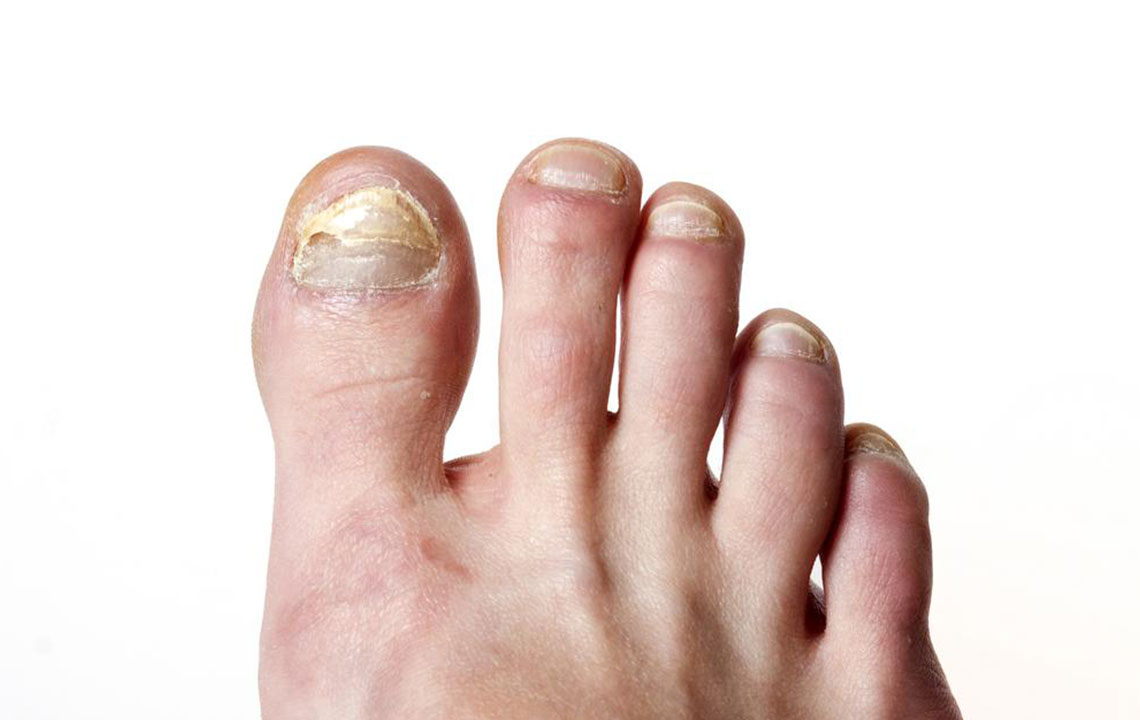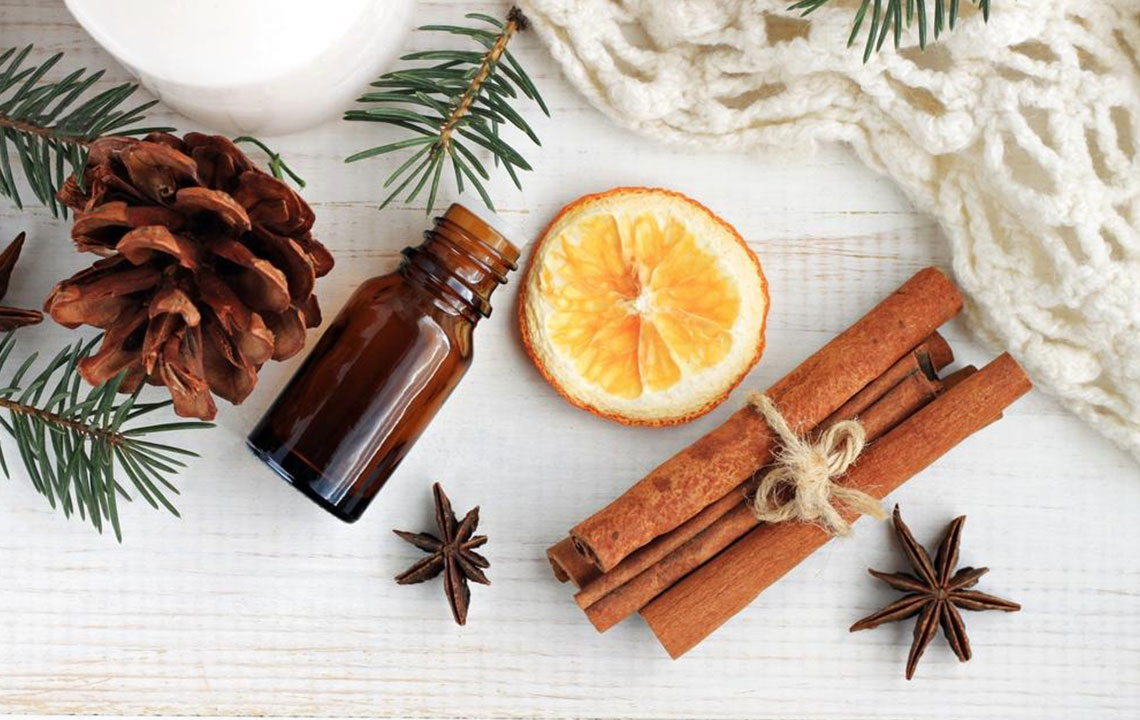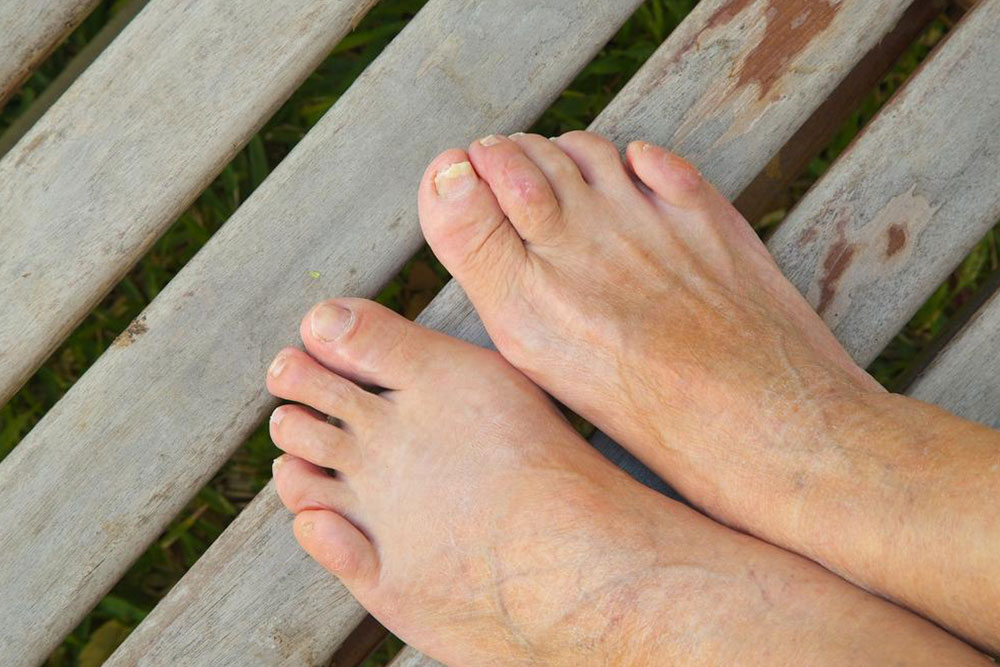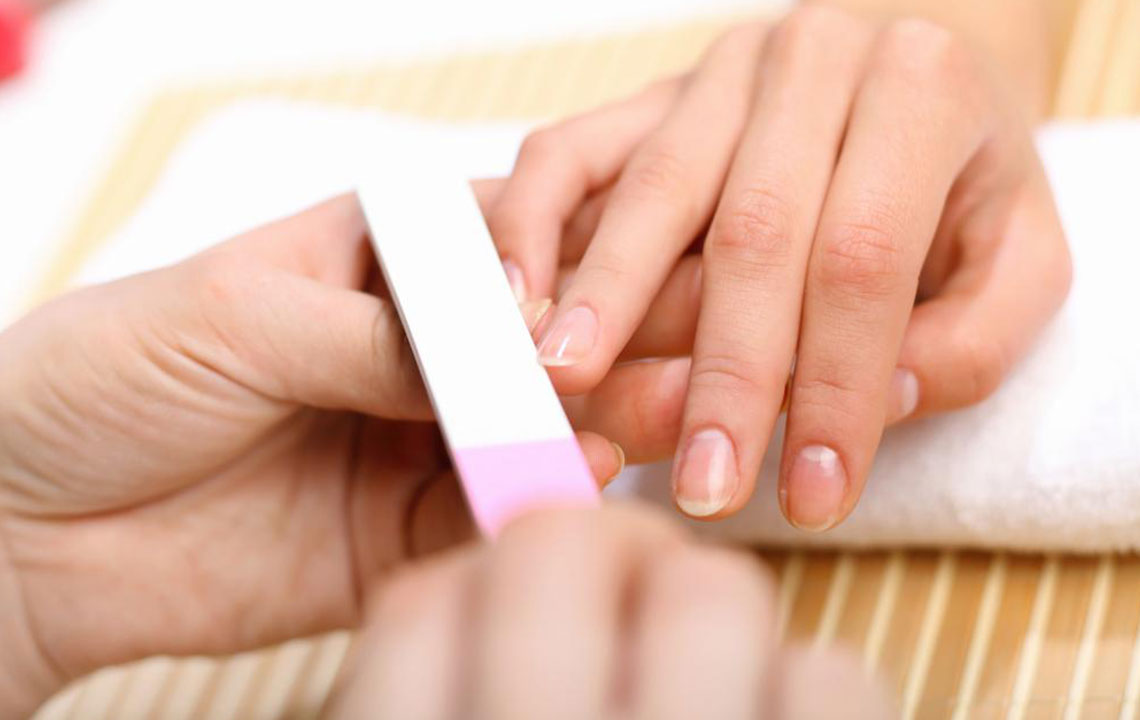Comprehensive Natural Solutions for Treating Toenail Fungal Infections
Discover comprehensive natural remedies to treat toenail fungal infections effectively at home. From apple cider vinegar and tea tree oil to probiotics, learn how to accelerate healing and prevent recurrence safely. Ideal for those seeking alternative treatments for fungal nail issues, these methods combine proven ingredients and practices designed to restore nail health naturally.

Effective Natural Methods to Combat Toenail Fungal Infections
Toenail fungal infections, medically classified as Onychomycosis, are common conditions that can cause significant discomfort, nail discoloration, thickening, and inflammation around the affected area. Although pharmaceutical treatments are widely available and can be effective, they often come with undesirable side effects such as skin rashes, dizziness, nausea, or even liver toxicity in some cases. These potential adverse reactions prompt many individuals to seek safer, natural alternatives. Luckily, a variety of home remedies have proven beneficial for managing and reducing toenail fungus through the use of everyday ingredients that possess antifungal, antibacterial, and soothing properties.
In this detailed overview, we'll explore the most popular and scientifically-supported natural remedies that can help you fight toenail fungus effectively right from the comfort of your home. These remedies include the use of common kitchen ingredients, herbal extracts, and essential oils—all known for their antifungal prowess and skin-healing properties. Incorporating these methods into your foot care routine may not only accelerate recovery but also help prevent future infections.
Let's delve into some of the most trusted natural remedies for toenail fungus:
Apple Cider Vinegar
Apple cider vinegar (ACV) is renowned for its strong antifungal and antimicrobial properties, which can help combat the fungi responsible for nail infections. Its acidity creates an inhospitable environment for fungal growth, making it an ideal home remedy. To use ACV effectively, prepare a foot soak by mixing equal parts of apple cider vinegar and warm water, along with Epsom salt. Soak your feet in this solution for about 30 minutes, twice daily. Regular soaking can significantly reduce fungal colonies, soften infected nails, and promote healthier nail growth. It is essential to consistently follow this routine for several weeks to observe noticeable improvements.
Olive Leaf Extract
Olive leaf extract is a potent natural agent with antiviral, antifungal, and antibacterial qualities. Rich in compounds like oleuropein, it supports immune health and combats fungal pathogens. You can take olive leaf extract as a dietary supplement, adhering to recommended dosages. Regular intake can bolster body defenses against persistent fungi, assist in clearing infections, and improve overall nail health. Additionally, some practitioners recommend applying olive leaf extract topically to target localized infections, although dietary supplementation remains the primary approach.
Tea Tree Oil
One of the most well-known natural antifungal agents, tea tree oil exhibits remarkable antiseptic and antifungal powers. Its application can be highly effective, especially in early stages of infection. To apply, clean the affected area thoroughly with alcohol or soap and water, then carefully apply undiluted tea tree oil directly to the infected nail and surrounding skin. For sensitive skin, dilute a few drops of tea tree oil with carrier oils such as olive or almond oil. Repeat this process two to three times daily. Consistent use over a few weeks can significantly reduce fungal presence and help restore healthy nail appearance.
Orange Oil
Orange oil, rich in d-limonene, demonstrates antifungal properties capable of fighting fungal infections. Applying a small amount of orange oil directly onto infected nails and around toes may provide relief and promote healing. The oil’s natural antiseptic qualities can help reduce fungal load, though caution is advised for individuals allergic to citrus or with sensitive skin. Use a cotton swab to carefully apply a drop of orange oil twice daily. Combining orange oil with other remedies can enhance overall effectiveness.
Baking Soda
Baking soda is widely used in home remedies owing to its ability to inhibit fungal growth by altering pH levels. To prepare an effective treatment, mix baking soda with borax and water to form a paste. This paste can be applied directly to the infected nails or used as a soak. Regular scrubbing and soaking twice daily for at least two weeks can help break down fungal colonies, reduce inflammation, and restore the natural appearance of nails. Baking soda also helps neutralize odors associated with fungal infections, providing additional comfort.
Coconut Oil
Coconut oil contains caprylic acid and lauric acid, which possess potent antifungal properties. It is considered safe for topical use and can help soothe irritated skin while fighting fungal pathogens. To apply, spread a thin layer of coconut oil over the infected nails and surrounding skin. For enhanced results, soak your toes in warm coconut oil for about 15 minutes. Doing this daily can promote faster healing, improve skin health, and prevent further fungal spread.
Lavender Oil
Known for its antifungal and soothing effects, lavender oil can be applied topically to aid in the treatment of toenail fungus. Before bed, apply a few drops of lavender oil directly to the affected nails and the surrounding skin. Cover with socks or allow it to absorb overnight. Consistent nightly application for 1 to 2 weeks can result in visible improvements and help eliminate ongoing infections. Lavender oil’s calming aroma also offers a relaxing addition to your daily foot care routine.
Oregano Oil
Oregano oil is another powerful natural antifungal that can be used directly on fungal infections. Its active compounds, carvacrol and thymol, are highly effective in destroying fungal cells. For topical use, dilute oregano oil with a carrier like olive or coconut oil (a ratio of 1:3) to minimize skin irritation. Apply this mixture carefully to the infected nails and surrounding skin once or twice daily. Consistent treatment over several weeks can significantly reduce fungal presence and promote healthy nail regrowth.
Probiotics
While topical remedies are essential, supporting internal health with probiotics can also help combat fungal infections. Beneficial bacteria like Lactobacillus can balance the microbiome, suppress pathogenic fungi, and improve immune response. Consuming probiotic-rich foods such as yogurt, kefir, sauerkraut, and taking probiotic supplements can strengthen your internal defenses. Maintaining a healthy gut microbiome plays a vital role in fighting off nail infections from within, especially when combined with external natural remedies.
In conclusion, while toenail fungus is generally not a severe health concern, it can be persistent and bothersome. Combining good foot hygiene practices with natural remedies can effectively accelerate healing and reduce the risk of recurrence. Remember, consistency is key when using natural treatments, and consulting a healthcare professional is advisable if infections worsen or do not improve after several weeks. Embracing these natural methods can lead to healthier nails and a more comfortable you, free from the discomfort of fungal infections.





